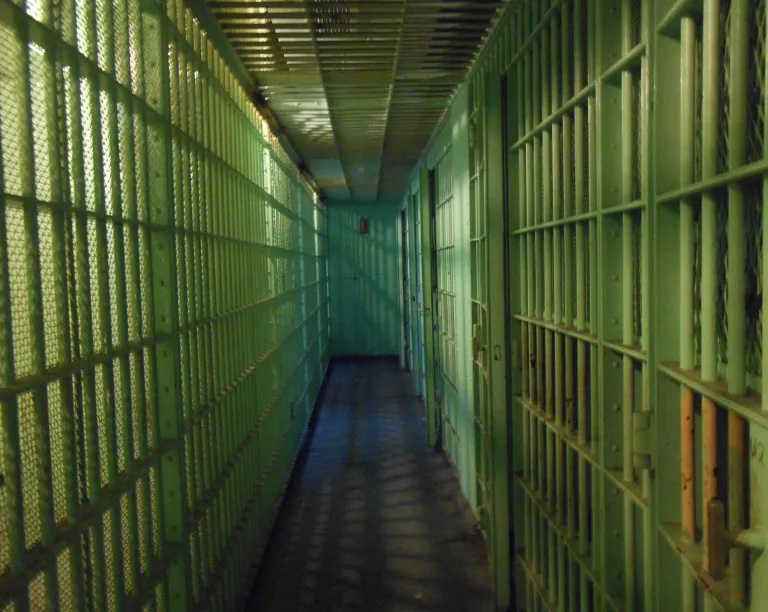In his 1978 book Slow Burning Fuse, which Freedom republished in 2014 and will be reprinting at this year’s London Anarchist Bookfair with full index, historian John Quail put together a unique timeline covering the period 1880-1930, picking out some of the key moments in the history of the British anarchist movement. A similar timeline covering the 87 years since then however hasn’t been produced — until now.
The project below doubtless contains mistakes, partiality in its decisions, and possibly even glaring holes, but it aims to give an overview of sorts for the movements of 1931 onwards, from the solidarity with Spanish anarchism that drove interwar organising, to post-war squatters, ’60s countercultures, anti-nuclear and anti-fascist work, the explosion of ’90s green direct action and today’s tenacious refugee solidarity. To start the process of building a history of anarchism on a rainy Atlantic island.










Since when were the London riots ‘anarchist’?
A fair amount of the things on this list weren’t “just” anarchist, but had anarchist influences and involvement within them. With the riots, while anarchists didn’t start it they were involved particularly with prisoner support and campaigning afterwards, e.g with the Duggan family.
It’s also listed under “general affairs” which is a section that aims to add a broader context to events — British anarchists weren’t very involved in the invasion of Hungary for example, but it was influential in the decline of the Communist Party, which had been dominant in far left circles for some time prior.
The McLibel Support Campaign and trial led to a global mass defiance campaign (eg annual days of action, and then around 500 UK McDonald’s stores leafleted on the Saturday after the verdict – resulting in an estimated 3 million leaflets distributed in the UK alone) and protests and years of sustained mass publicity for the anarchist-influenced leaflets (translated and distributed in 23 languages all over the world) and campaign. The anarchist defendants were also able to spread libertarian and anti-capitalist ideas through their extensive interviews in hundreds of media outlets. The campaign and publicity humiliated the world’s most high profile multinational and the successful defiance campaign ensured that no other libel action (as far as we know) has been successfully brought against any UK campaign group since.
I realise this is a bit late now, but might’ve been worth having a theme for buildings/physical spaces – places like the Cowley Club, 1 in 12, Kebele, Sumac, Autonomous Centre of Edinburgh, LARC and indeed Freedom (just to name some ones that are still going) are probably as important as some of the groups or journals mentioned in terms of movement infrastructure.
Problem is there’s been an awful lot over the years and finding most of them would need a lot of local knowledge, so it’d need both much more space and a whole extra chunk of research. Tbh it’d probably make quite an interesting book!
Yeah, I appreciate this kind of chart is the sort of thing that people are always going to be able to pick at – like just from the last few decades I think the insurrectionist/”informal anarchist” trend is probably under-represented, but I suppose people who avoid formal organisations are going to be a bit harder to fit into this kind of thing. I remember anti-arms trade stuff like DSEi/Smash EDO being quite a big deal at one time as well (and indeed it’s still going on, but maybe not as much of a focus as it was in the 2000s). Thinking about it the wobblies should probably rate a mention as well, maybe under “broad campaigns” – and I should really stop getting sucked into this now, before I end up spending all day going “hang on a minute, how come there’s no mention of when the Fulchester Anarchist Club got into a punch-up with Oswald Mosley with 1942?” (or similar)
This is a really useful readyreckoner of the recent history British anarchism. Making stuff like this is really difficult, what to include and what not to include. Because if you include everything relevant it becomes unwieldy, which I think this one does towards the end. Being interested in radical history, I do little charts myself to make my notes more understandable. I’ve found the answer, organisationally and in terms of publications, is to avoid those of purely local impact. To pick one hole – no way is PPU anarchist. Bit difficult to research but bookshops are really important too.
I’d also classify Solidarity as “Left Communist” rather than “Anarchist”. I hear John Q right interested in them. Can someone ask if he’s got all the pamphlets and that as I’ve got a massive stash of Solidarity stuff.